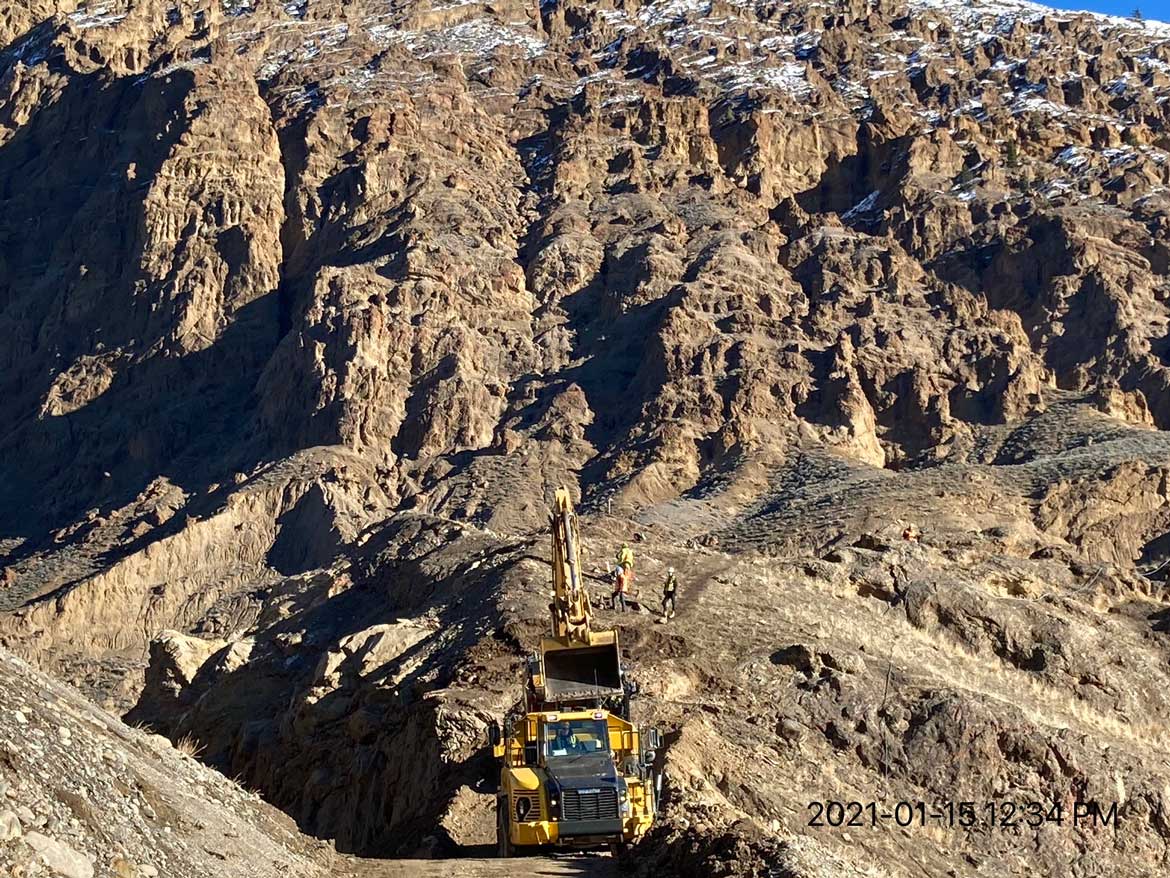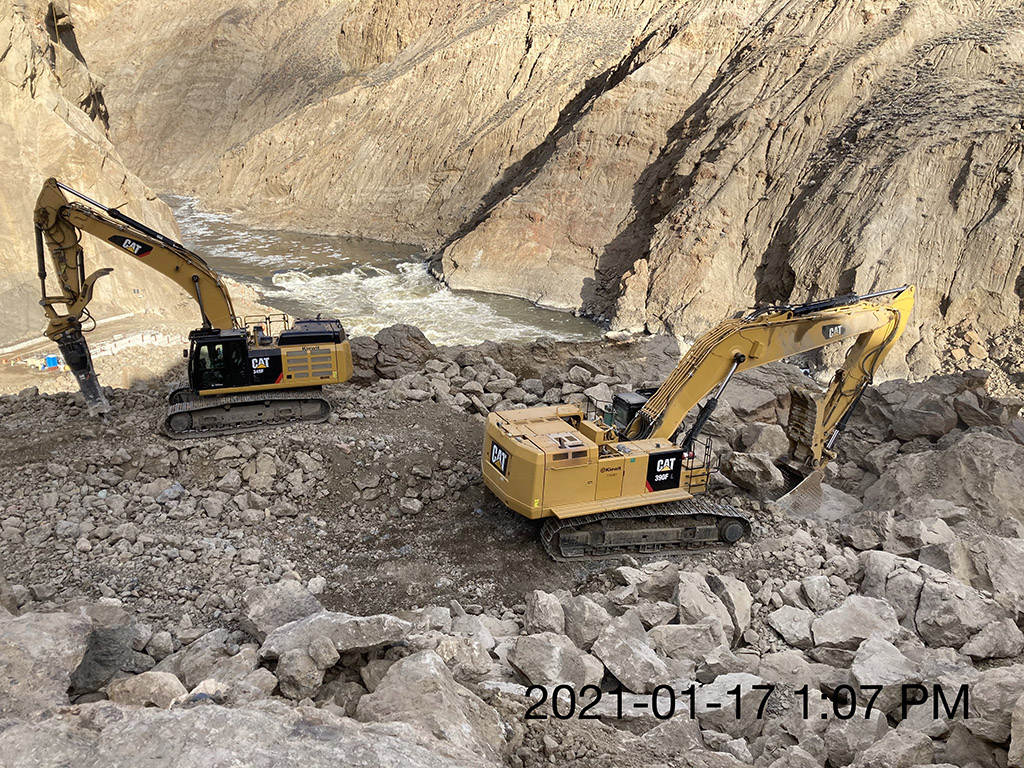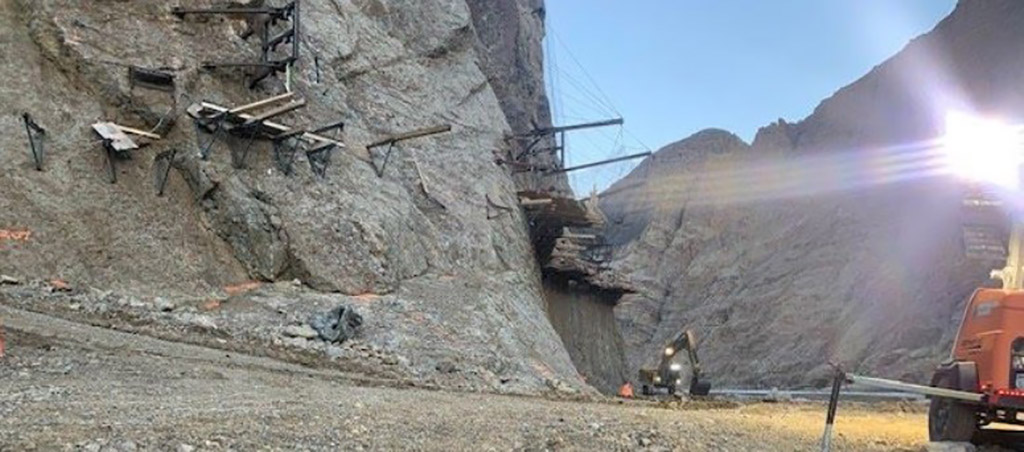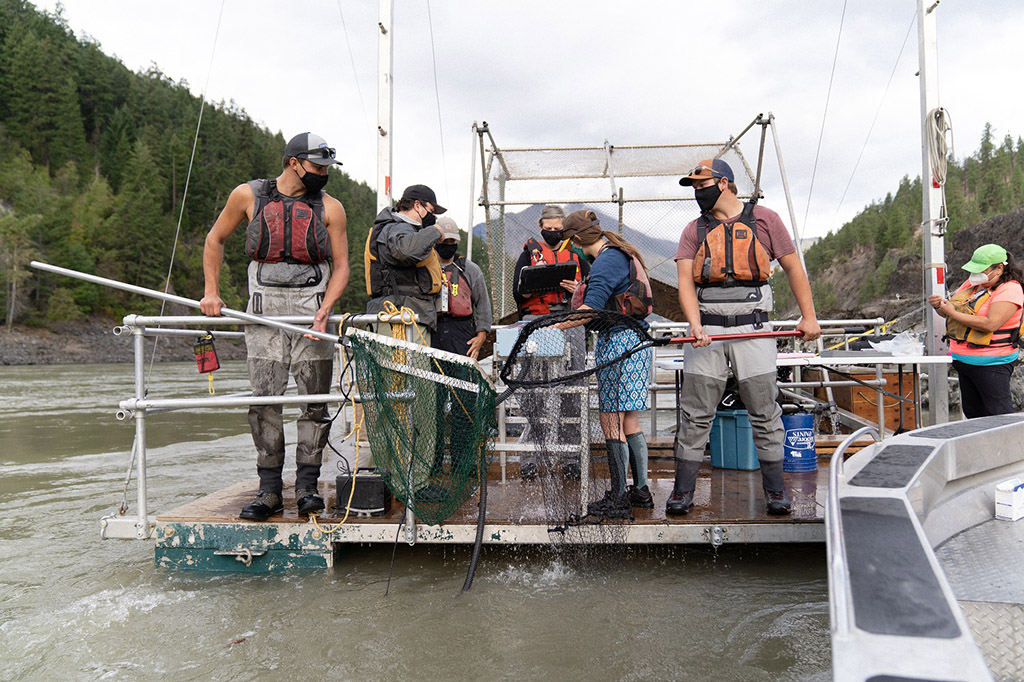wildmanyeah
Crew Member
Haha, we said the same thing last year ... nothing changes, lol!
I hope the counts are better then last year lol
Haha, we said the same thing last year ... nothing changes, lol!
“From day one, the Big Bar response has been a remarkable, all hands-on deck effort. Together, Canada, BC and First Nations have overseen tremendous efforts to help ensure salmon have safe passage. We are thrilled that construction will soon begin on a permanent fishway. This is a long-term, sustainable solution that will not only protect, but help revive, our wild salmon populations in the Fraser River to their former abundance.”
The Honourable Bernadette Jordan, Minister of Fisheries, Oceans, and the Canadian Coast Guard
“As we continue our work to address the Big Bar landslide, we are looking for sustainable, long-term solutions to improve Pacific salmon migration in the Fraser River. The permanent fishway is the scientific answer to ensure safe fish passage at Big Bar to support our at-risk fish populations. We look forward to seeing the fishway up and running, and together, our governments will continue to do everything we can to protect and restore our wild Pacific salmon stocks.”
Terry Beech, Parliamentary Secretary to the Minister of Fisheries and Oceans
“Salmon hold a deep cultural significance for First Nation communities across British Columbia. As stewards of the land, we have a responsibility to protect and preserve these fish for future generations. Kiewit and First Nation crews, along with provincial and federal staff have made remarkable progress to support the 2020 migrating salmon. We are pleased that the federal government is now moving ahead with a permanent solution at Big Bar. Our hope is that once this pathway is completed, we will once again see salmon flow in our streams.”
Chief Roy Fletcher, High Bar First Nation
“The unrelenting dedication and response to the Big Bar landslide is inspiring. All hands remain on deck, working to restore passage, providing additional protection for those stocks most impacted by the slide and ensuring a collaborative tripartite process to achieve these objectives. First Nations have suffered constraints on their fisheries for a number of years due to conservation issues; the slide exasperated those issues and the decision to move forward with a permanent fishway at this time is essential to protecting those stocks most vulnerable and the cultural identity associated with salmon.”
Gordon Sterritt, Indigenous representative, Big Bar Joint Executive Steering Committee and Executive Director, Upper Fraser Fisheries Conservation Alliance
“The B.C. government is dedicated to ensuring salmon successfully navigate past the Big Bar site on their own, and we will continue to collaborate with our partners to ensure we restore this important section of the Fraser River so salmon can thrive. All three levels of government have been collaborating to restore this site and the permanent fishway will be a significant addition to this ongoing work.”
Fin Donnelly, Parliamentary Secretary for Fisheries and Aquaculture, Government of British Columbia
I have a feeling this will cost more than 176M but in todays world, its just unprinted money.




benchedNo more salmon cannon?
